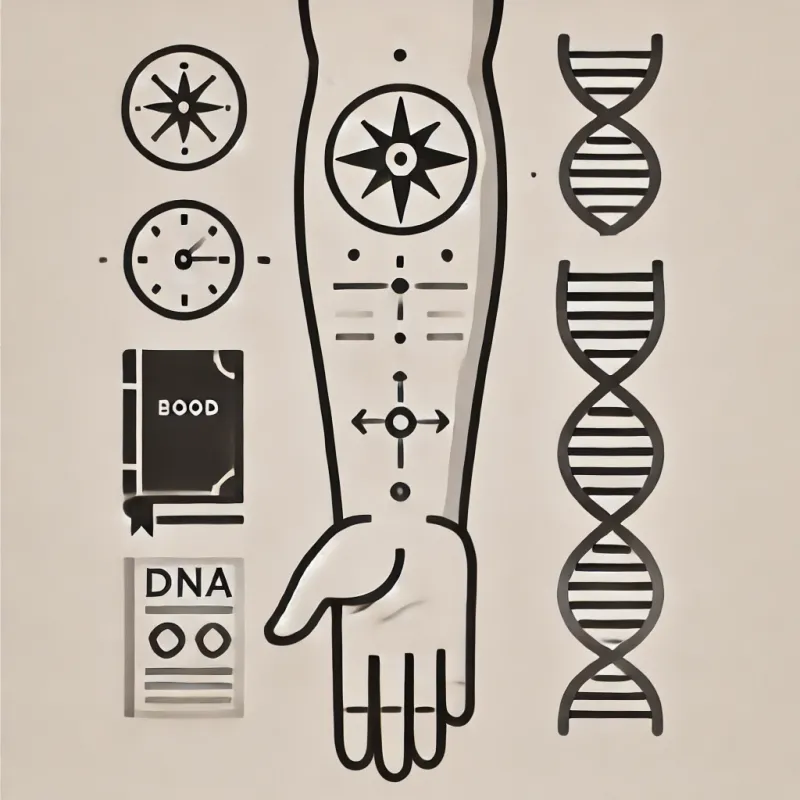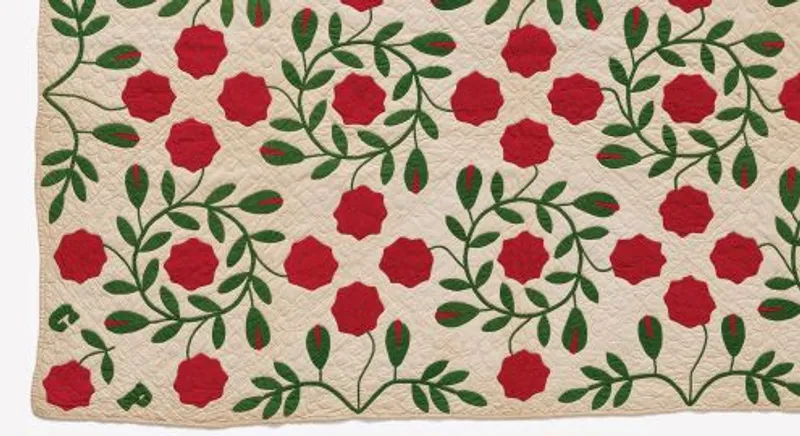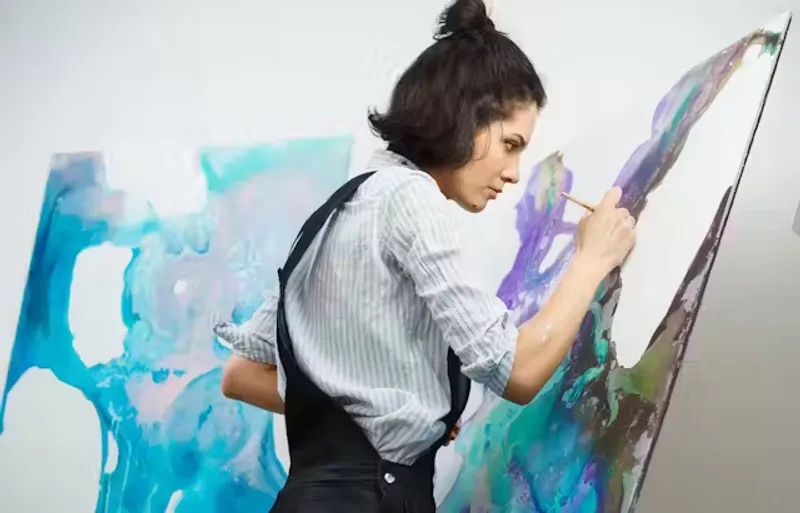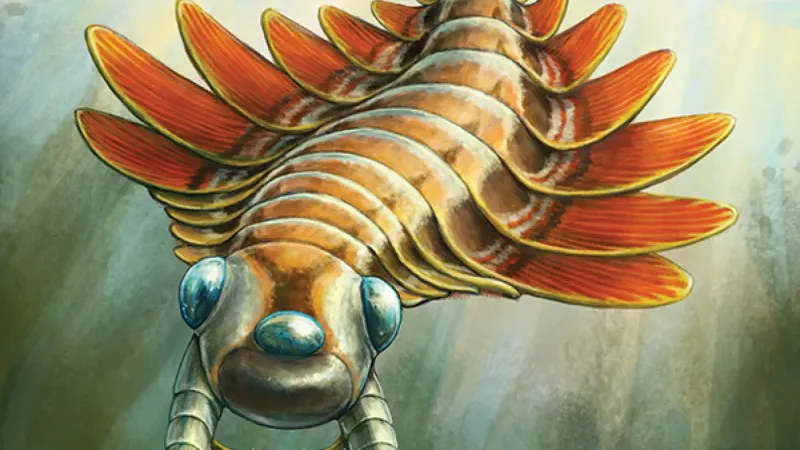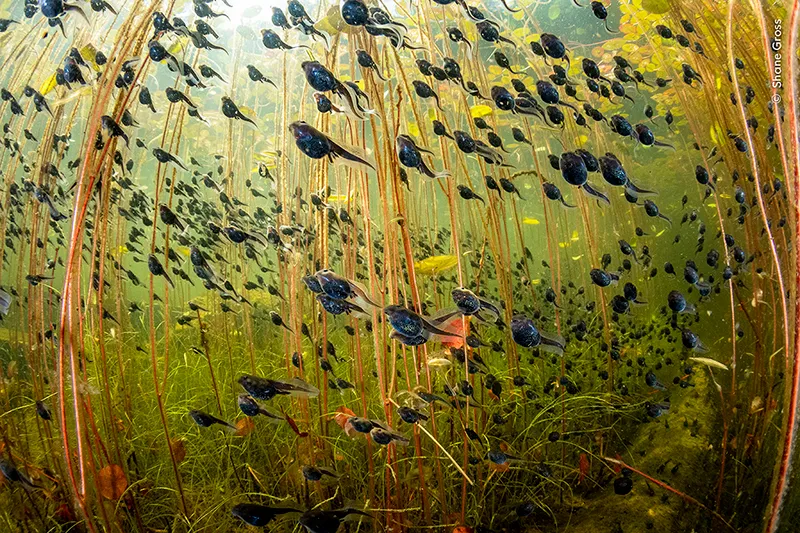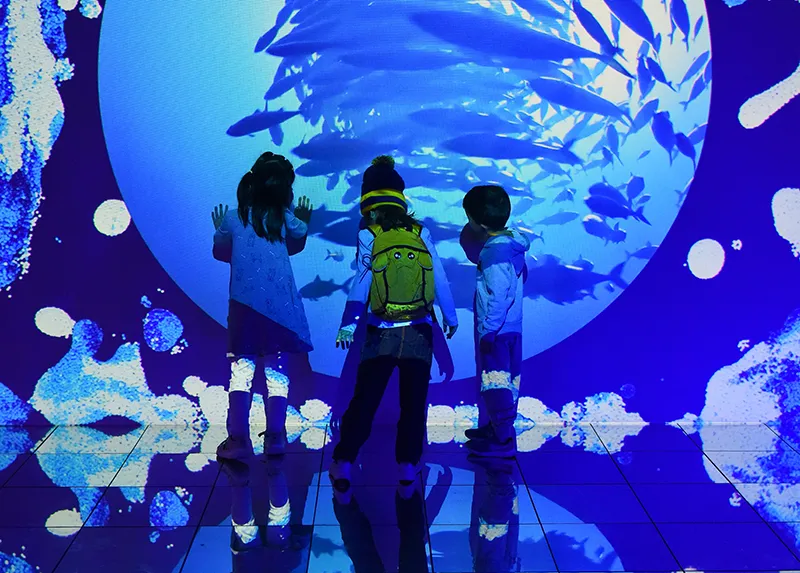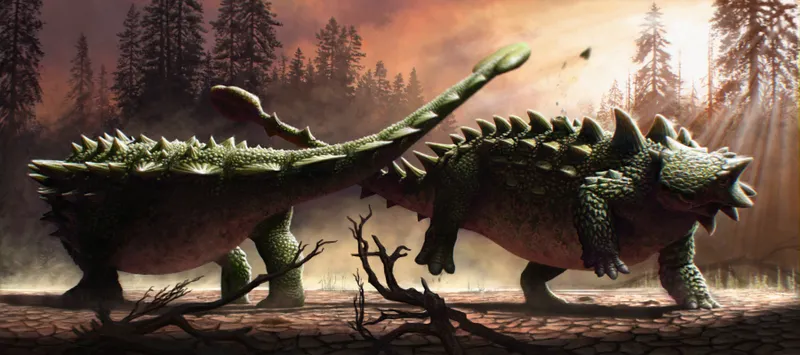Published on SEP 19 2024 by ROM
Indigenous Australian Art
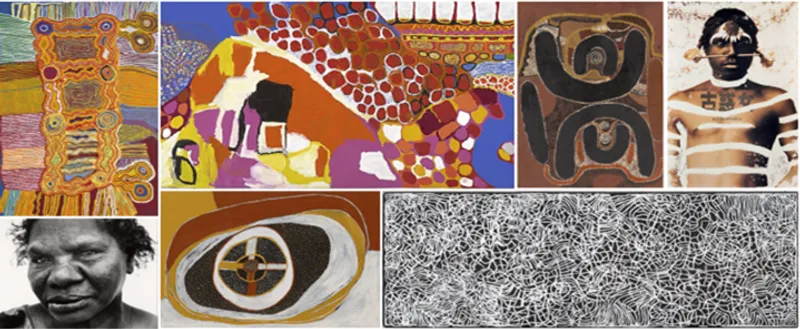
The National Gallery of Art, Washington, and the National Gallery of Victoria (NGV), along with the Royal Ontario Museum (ROM), the Denver Art Museum, the Portland Art Museum, and the Peabody Essex Museum, announce the largest exhibition of Aboriginal and Torres Strait Islander art and design ever presented internationally. The Stars We Do Not See: Australian Indigenous Art will premiere on October 18, 2025 at the National Gallery of Art, Washington, and subsequently tour North America from 2025-2027, arriving at ROM for the exclusive Canadian run from July 2027 through January 2028.
The landmark exhibition marks the launch of a cultural partnership between the National Gallery of Art, Washington, and NGV that will facilitate the global exchange of key works from the permanent collections of each leading arts institution. This collaborative effort creates new opportunities for global audiences to experience defining works of art that reflect these respective cultures. In 2027, the National Gallery of Art will loan highlights from its collection of modern and contemporary American art to NGV.
Curated by the National Gallery of Victoria especially for North American audiences and drawn exclusively from their world-leading collection in Melbourne, Australia, the exhibition features over 200 works by more than 130 artists. Through a rich display of iconic masterpieces, including many that have never before left Australia, The Stars We Do Not See charts watershed moments in Indigenous art from the late 19th century to the present, revealing a rich history of creativity that predates the arrival of the British.
Josh Basseches, ROM Director & CEO, said: “From original exhibitions created by world-renowned Indigenous artists to the always-evolving Daphne Cockwell Gallery dedicated to First Peoples art and culture, ROM strives to be a place in which all Indigenous peoples feel a deep sense of belonging. Which is one of many reasons we are delighted to welcome The Stars We Do Not See, an astonishing exhibition celebrating 65,000 years of the history, ingenuity, and diversity of Indigenous art in Australia.”
Kaywin Feldman, Director of the National Gallery of Art, said: “We are thrilled to collaborate with the National Gallery of Victoria in this cultural exchange, which will see our storied American art collection reaching audiences on the other side of the world. We are very pleased to be able to bring these important Indigenous Australian artworks to U.S. audiences, many for the very first time. This exhibition exchange has been a joyful collaboration with the staff at the NGV and our North American partners. We are all deeply grateful for the generous loans of so many masterpieces from the NGV collection.”
Tony Ellwood AM, Director of the NGV, said: “Many of the works travelling are globally recognised as undisputed masterpieces – with many visitors travelling to the NGV in Melbourne just to see these iconic examples of Indigenous Australian art. Never before has a volume of works of this size and national significance toured internationally, making this a truly rare opportunity for North American audiences to experience and appreciate these globally important works up close. One of the core roles of the NGV as a public institution is to share Australian arts and culture with as many people as possible. We are delighted to be partnering with our North American colleagues to share the work and stories of these important Australian First Nations artists with the world.”
The Stars We Do Not See introduces audiences to customary forms and styles in Indigenous Australian art, including the conceptual map paintings of the Central and Western deserts (sometimes colloquially referred to as ‘dot paintings’); ochre bark paintings; cultural objects and ambitious experimental weavings; as well as the work of new-media artists, who both challenge and build upon tradition with groundbreaking works in neon, video, photography, sound and much more.
Highlighting the diverse and distinct visual iconographies of Indigenous Australia – which is made up of more than 250 distinct Indigenous nations – the works featured span the entire Australian continent, including the Tiwi Islands, Arnhem Land, Far North Queensland, the Torres Strait, the Central Desert, Southwestern Australia, the Kimberley, the Southeast, and more.
Highlight works never before seen in North America include Emily Kam Kngwarray’s magnum opus and largest painting, Big yam Dreaming (1995). This icon of the NGV collection measures nearly 3 by 8 metres and represents the underground network of roots and yams. This immense canvas, drawn in a single, continuous line, highlights the gesture and spontaneity for which Kngwarray’s body of work is globally renowned.
The exhibition’s title is in part inspired by the late senior Yolŋu artist Gulumbu Yunupiŋu (1943–2012), who became known as ‘Star Lady’ after her passing for her extensive paintings of the night sky. Yunupiŋu’s intricate works, a selection of which will be featured in the exhibition, use crosses to represent the stars we can see, and a dense network of dots to symbolise the stars we cannot see – the unseen expanse of the universe. The Yolŋu people live in Arnhem Land, with Star Lady coming from a community in the northeast known as Yirrkala. Arnhem Land is a region at the top of the Northern Territory that is internationally known for its artists’ daring work on bark.
Urban-based contemporary artists working in new media are also represented throughout the show, with key works by influential artists such as Brook Andrew, Richard Bell, Tracey Moffatt, Ricky Maynard, Maree Clarke and Lorraine Connelly-Northey. Highlights include Christian Thompson’s Burdi Burdi (Fire Fire), 2022, a four-channel sound installation that explores the loss of First Nations languages, as well as Destiny Deacon’s Snow storm, 2005, in which found black dolls have been placed inside a clear Perspex cube filled with polystyrene balls. The work draws a connection between the concept of the ‘white cube’ and the way Aboriginal material culture has historically been presented in a clinical, museological environment.
Myles Russell-Cook, Senior Curator of Australian and First Nations Art at NGV and curator of The Stars We Do Not See, said: “It is impossible for any exhibition to fully capture the diversity and complexity of Australian Indigenous art. Since long before the invention of the written word, First Nations people have transmitted important cultural knowledge through a combination of art, song, dance, and story. These works represent 65,000 years of culture, sharing the unique and special qualities of First Peoples art in Australia with the world. Both the book and the exhibition represent a significant community effort, which I hope will foster greater connection and understanding of First Peoples culture and art.”
The exhibition is also accompanied by a major publication co-published by the NGV and National Gallery of Art, Washington, with over 30 contributing authors and all new writing on artists and works featured in the exhibition – including an essay on the history of Indigenous art in Australia by exhibition curator Myles Russell-Cook.
The Stars We Do Not See: Australian Indigenous Art is organized by the National Gallery of Victoria and the National Gallery of Art, Washington, in association with the Royal Ontario Museum, the Denver Art Museum, the Portland Art Museum, and the Peabody Essex Museum. The full North American tour schedule follows:
-
National Gallery of Art, Washington: October 18, 2025 – March 1, 2026
-
Denver Art Museum, Colorado: April 19, 2026 – July 26, 2026
-
Portland Art Museum, Oregon: September 2026 – January 2027
-
Peabody Essex Museum, Massachusetts: February 2027 – June 2027
-
Royal Ontario Museum, Toronto: July 2027 – January 2028
-
For further information, please visit the NGV website: NGV.MELBOURNE.
Image credit (clockwise from left): Patju Presley, Apanyin (2004); Birmuyingathi Maali Netta Loogatha, Mirdidingkingathi Juwarnda Gabori, Warthadangathi Bijarrba Ethel Thomas, Thunduyingathi Bijarrb May Moodoonuthi, Kuruwarriyingathi Bijarrb Paula Paul, Wirrngajingathi Bijarrb Dawn Naranatji, Rayarriwarrtharrbayingat Amy Loogatha, Dulka Warngiid (2007) [detail]; Mick Wallangkarri Tjakamarra, Old Man’s Dreaming on Death or Destiny (1972); Brook Andrew, Sexy and Dangerous (1996, printed 2005); Lena Nyadbi, Jimbirla and Lilmim (2005); Timothy Cook, Kulama (2012); Ricky Maynard Wik Elder, Gladys (2000)
Exhibition Organization
The exhibition is organized by the National Gallery of Victoria and the National Gallery of Art, Washington, in association with the Denver Art Museum, the Portland Art Museum, the Peabody Essex Museum, and the Royal Ontario Museum.
Bank of America is the North America Tour Sponsor for the exhibition.
Exhibition Curator
The exhibition is curated by Myles Russell-Cook, senior curator of Australian and First Nations art, National Gallery of Victoria. At the National Gallery of Art, The Stars We Do Not See is being coordinated by E. Carmen Ramos, chief curatorial and conservation officer, and Lynn Matheny, deputy head and associate curator of interpretation.
Exhibition Publication
The exhibition is accompanied by a major new book published by the National Gallery of Victoria and the National Gallery of Art, in association with D.A.P./Distributed Art Publishers. Richly illustrated with more than 100 individual artwork plates by First Nations Australian artists, the volume features over 30 contributing authors and all-new writing on artists and works in the exhibition, including an essay on the history of Indigenous art in Australia by exhibition curator Myles Russell-Cook.
Read the original press release
Written by ROM
← Home